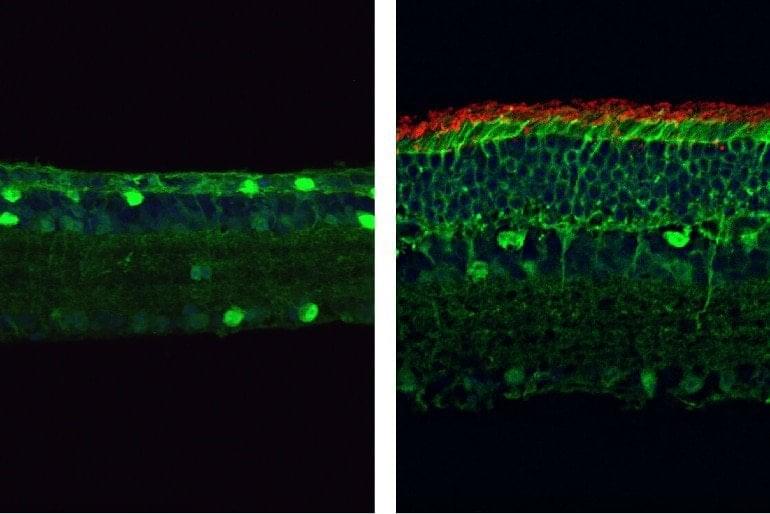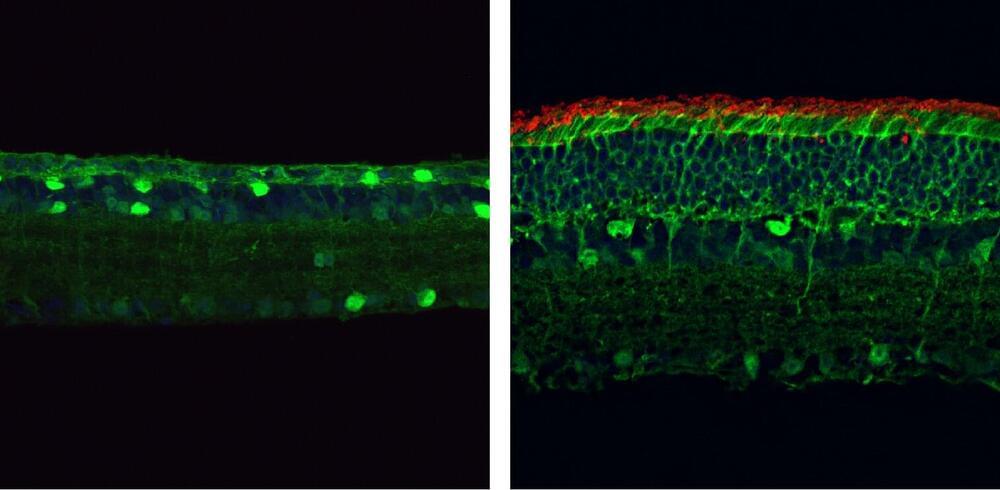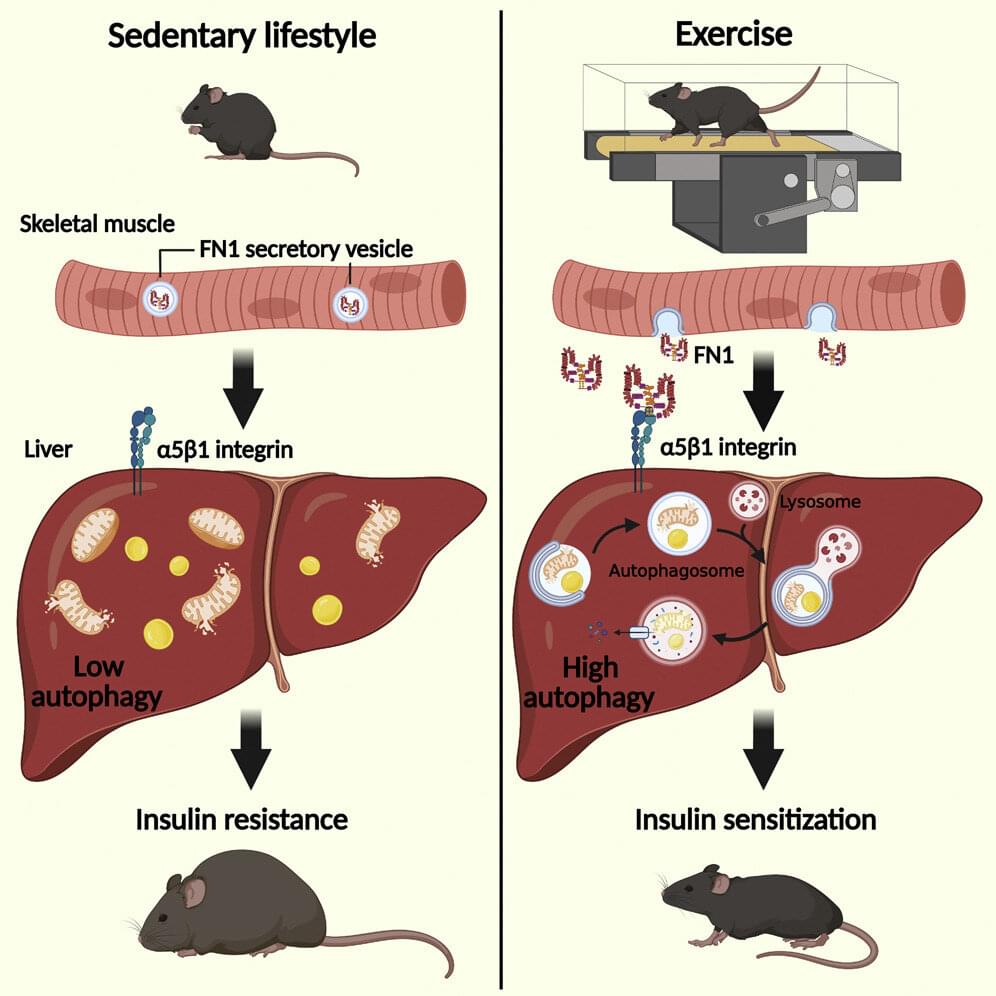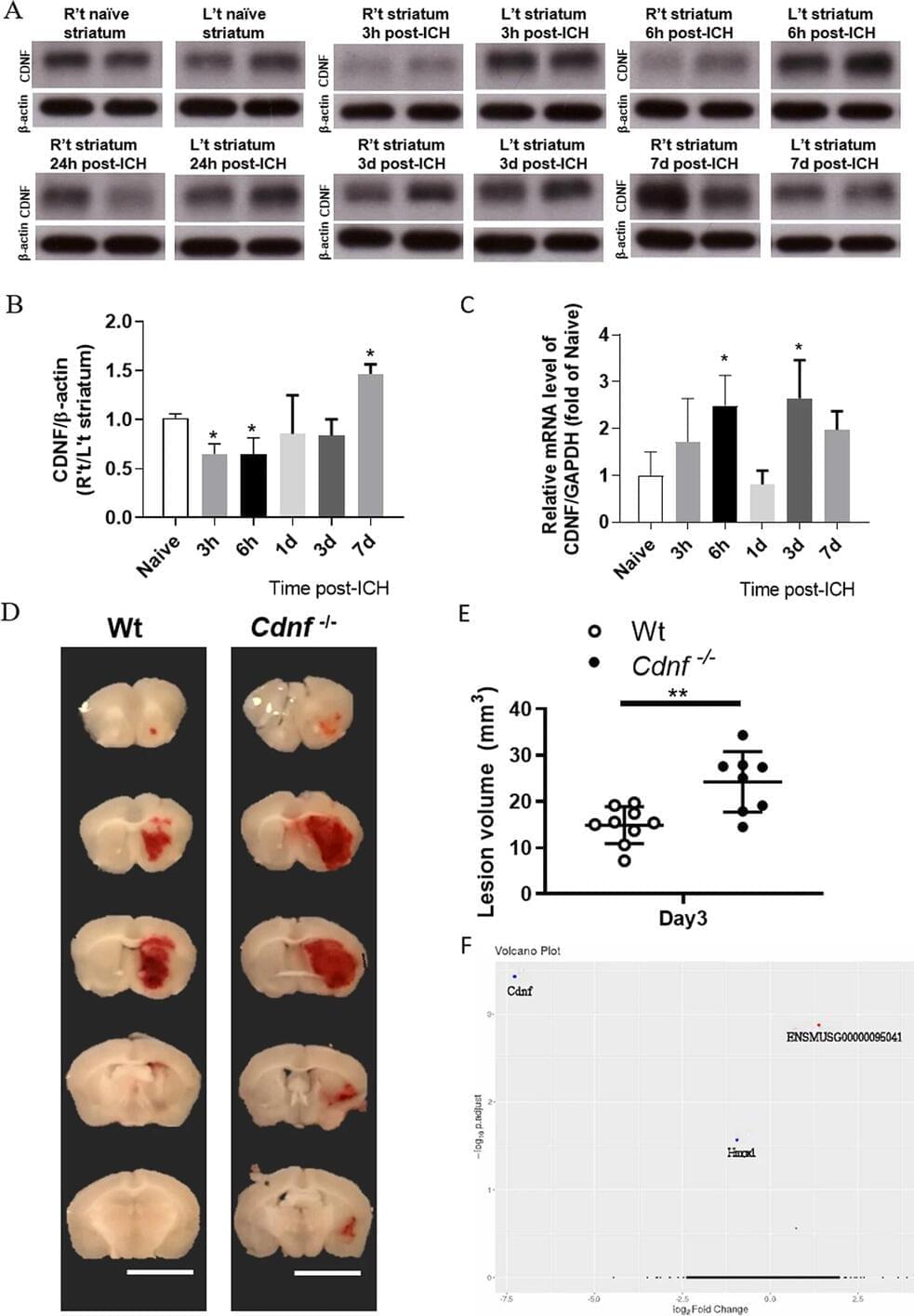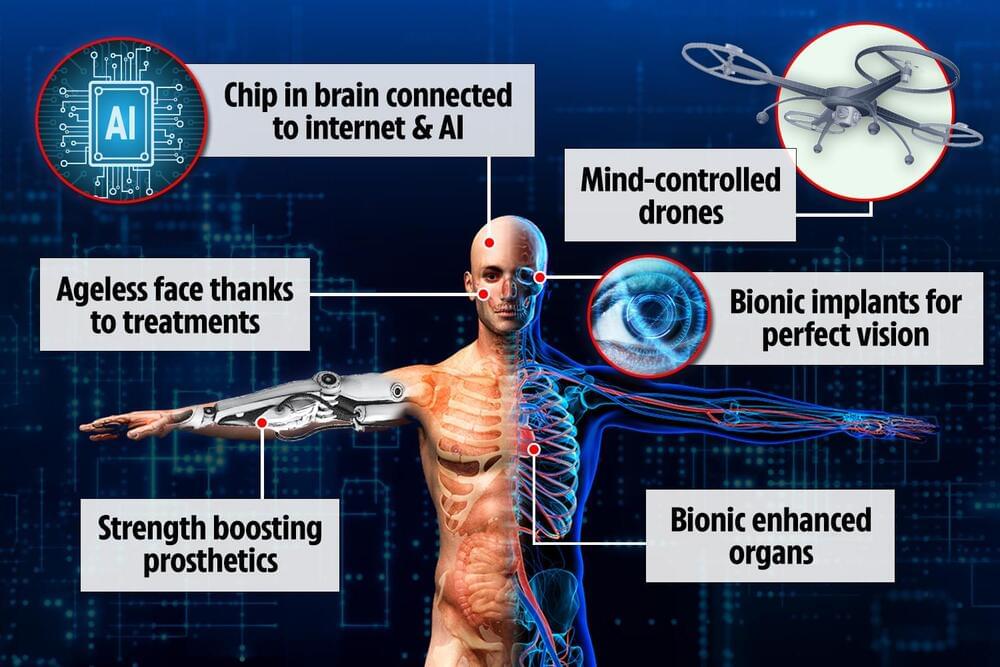In a Phase II trial led by researchers from The University of Texas MD Anderson Cancer Center, adding ipilimumab to a neoadjuvant, or pre-surgical, combination of nivolumab plus platinum-based chemotherapy, resulted in a major pathologic response (MPR) in half of all treated patients with early-stage, resectable non-small cell lung cancer (NSCLC).
New findings from the NEOSTAR trial, published today in Nature Medicine, provide further support for neoadjuvant immunotherapy-based treatment as an approach to reduce viable tumor at surgery and to improve outcomes in NSCLC. The combination also was associated with an increase in immune cell infiltration and a favorable gut microbiome composition.
The current study reports on the latest two arms of the NEOSTAR trial, evaluating neoadjuvant nivolumab plus chemotherapy (double combination) and neoadjuvant ipilimumab plus nivolumab and chemotherapy (triple combination). Both treatment arms met their prespecified primary endpoint boundaries of six or more patients achieving MPR, defined as 10% or less residual viable tumor (RVT) in the resected tumor specimen at surgery, a candidate surrogate endpoint of improved survival outcomes from prior studies.
